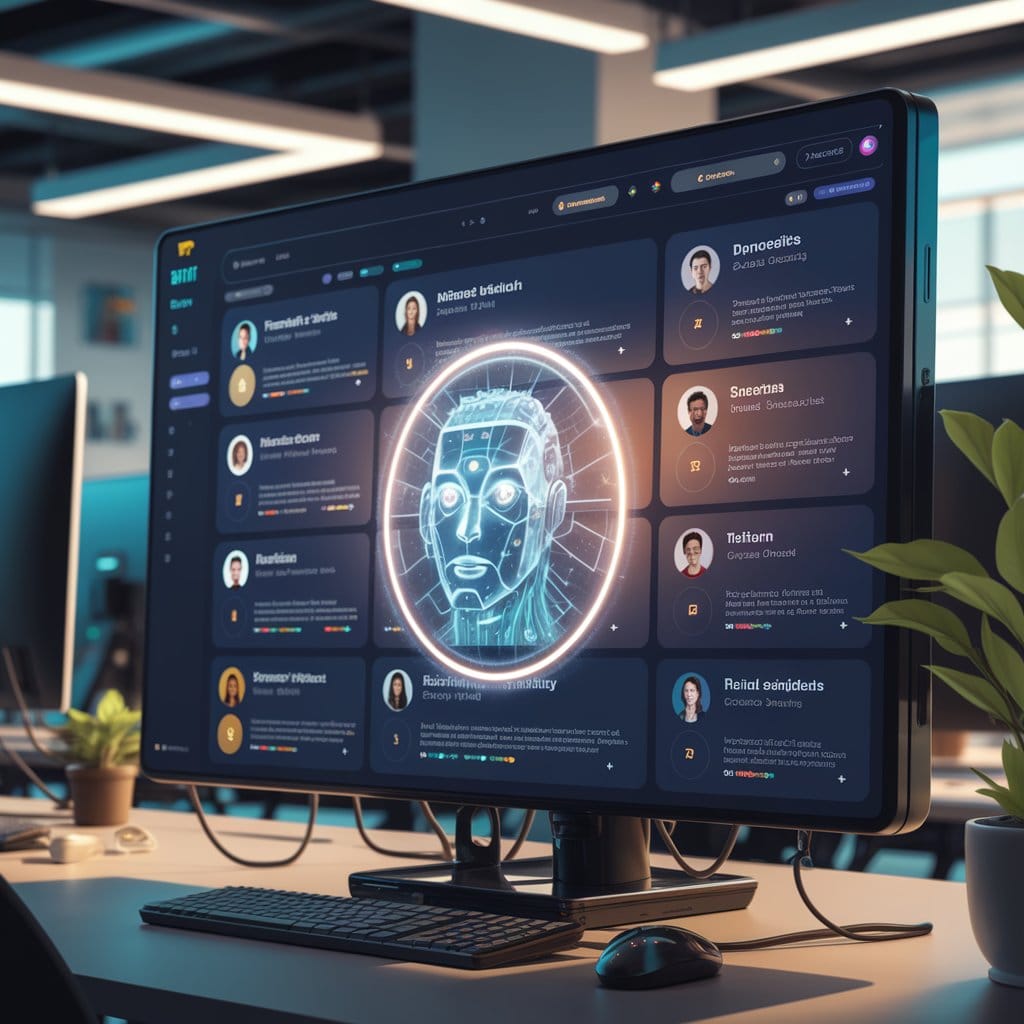From Shadow Talent to Superstar: How AI Will Uncover 2025’s Hidden Gems in the Workforce

As talent shortages continue to impact industries globally, the need to discover high-potential but often overlooked candidates — known as “shadow talent” — has never been greater. Shadow talent includes professionals with unconventional paths or nontraditional qualifications who nonetheless have valuable skills and insights. As we move towards 2025, AI is transforming how companies find, evaluate, and elevate these hidden gems, helping to fill critical skill gaps and boost diversity.
1. Identifying Talent Beyond Traditional Resumes
Traditional recruitment methods often focus on well-defined qualifications and experience, which can overlook candidates from nontraditional backgrounds. AI, however, can analyze candidate profiles in-depth, identifying skills and experiences that align with open positions, even if they aren’t explicitly listed on a resume. For example, research shows that nearly 75% of employers find it challenging to identify candidates with the right mix of skills. By analyzing social media activity, portfolio samples, and other digital footprints, AI can help discover candidates who may not “look the part” on paper but have the potential to excel.

2. Leveraging Data to Uncover “Soft Skills” and Cultural Fit
A candidate’s adaptability, communication, and problem-solving skills are often underappreciated in traditional hiring practices. AI can help employers analyze these “soft skills” by assessing candidate interactions, such as virtual interview responses or personality assessments. According to LinkedIn, 92% of talent professionals say soft skills are just as important as hard skills, but they’re often harder to identify in the hiring process. AI-powered behavioral analysis can shed light on these hidden qualities, providing a more holistic view of each candidate’s strengths and potential fit with company culture.
3. Boosting Diversity by Reducing Bias in Hiring
Shadow talent often includes individuals from underrepresented backgrounds who may not fit traditional molds. AI-driven hiring tools can help address this by analyzing applicants objectively, minimizing biases that may come from human recruiters. A study by Gartner highlights that companies using AI to support diversity and inclusion see 30% higher team satisfaction. AI’s impartial algorithms can widen the pool of candidates, increasing opportunities for individuals with varied backgrounds and life experiences who might otherwise be overlooked.

4. Predicting Long-Term Success in Shadow Talent
Predictive analytics in AI can evaluate the potential for long-term success, even among those without extensive experience or conventional qualifications. By analyzing learning agility, passion, and adaptability, AI tools can identify candidates likely to thrive over time. Research indicates that 45% of hires fail due to a lack of adaptability or fit rather than skill gaps, suggesting that predictive AI can offer valuable insights into candidate longevity and resilience.
5. Closing the Skills Gap by Focusing on Growth Potential
In 2025, more companies will leverage AI to train and develop shadow talent, closing skill gaps in key areas like tech and data analytics. By analyzing performance data and growth indicators, AI-driven learning management systems can offer personalized training programs to help shadow talent evolve into superstars. According to the World Economic Forum, 50% of employees will need reskilling by 2025, making AI-driven training crucial in helping untapped talent fulfill in-demand roles.

